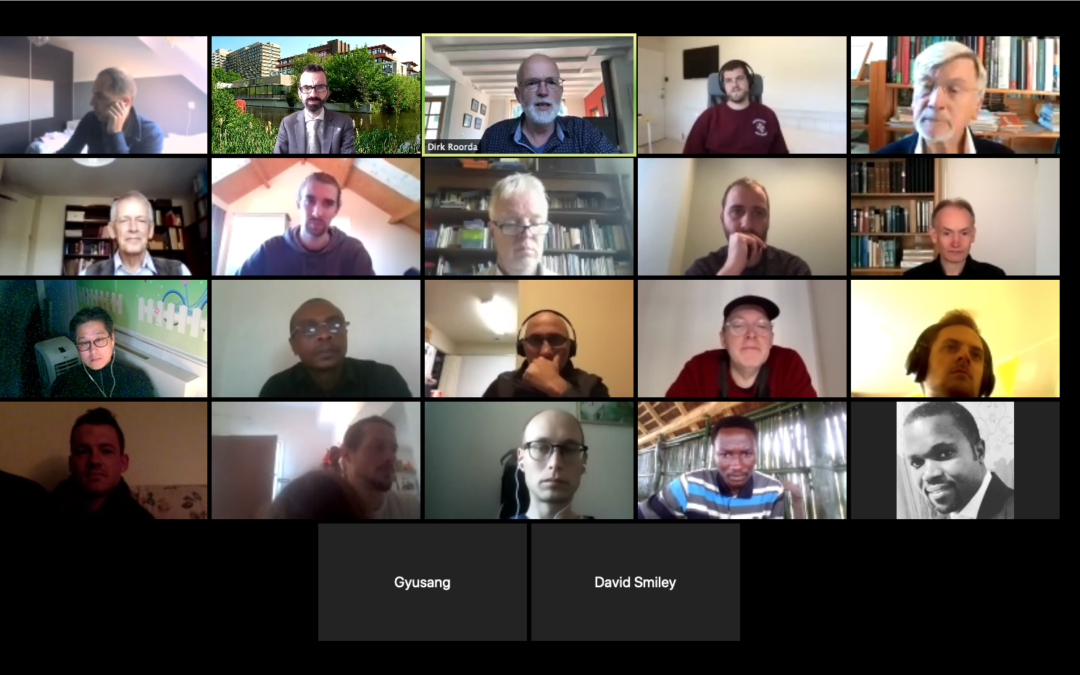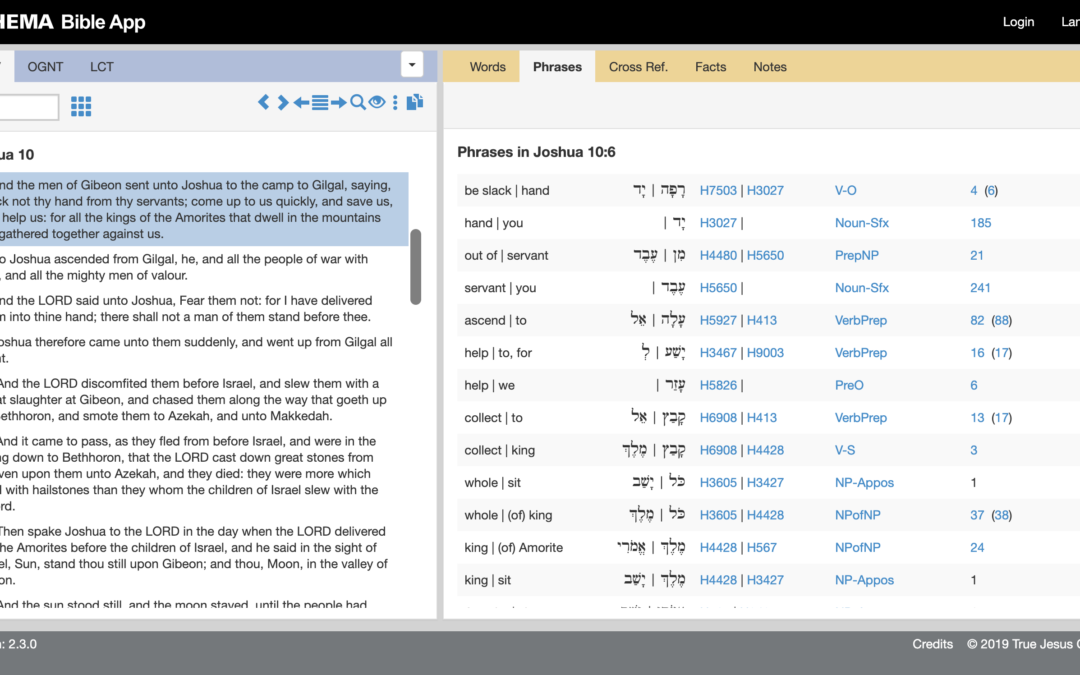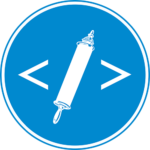
by Mark Klooster | Oct 26, 2020 | AI, Computational Linguistics, Database, Education, linguistics, Studies
Tuesday morning (Amsterdam time), September 1st, was the start of the course Digital Hermeneutics and the Reception of the Hebrew Bible at the Vrije Universiteit in Amsterdam. Because of the coronavirus, all lectures took place online via Zoom meetings. Although it...

by Willem van Peursen | Jul 2, 2020 | Bible, Computational Linguistics, Database, events, Hebrew Bible, Hebrew Learning, linguistics, Translation
(And why you should follow the new online minor programme in Bible Translation at Vrije Universiteit Amsterdam) By Lourens de Vries The Hebrew conjunction we in The Song of Solomon (1:5) can be rendered by “and” or “but” and translations have gone both ways. What’s a...

by Alba de Ridder | Mar 13, 2020 | Computational Linguistics, events, linguistics, manuscripts, methodology, news, Text-Fabric
From 14-21 February of 2020, the Lorentz-workshop “Processing Ancient Text Corpora”, organized by Cody Kingham, Wido van Peursen, Dirk Roorda and Nicolai Winther-Nielsen, in collaboration with the NIAS, took place. It was organized in the very comfortable...

by Willem van Peursen | Dec 3, 2019 | Bible, Hebrew Classroom, Hebrew Learning, linguistics, news, Open Science, Translation
A new project We are excited to announce the start of a new project for the development of an Amharic version of the Bible Online Learner that will be a unique cooperation between the Eep Talstra Centre for Bible and Computer (ETCBC), the Ethiopian Graduate School of...

by Stephen Ku | Aug 30, 2019 | Bible, Hebrew Bible, linguistics, Open Science, Text-Fabric
eRhema’s primary goal is to provide a free tool that enables the layperson to explore the Bible in its original languages. While Bible translations are indispensable, meanings are inevitably lost even in the finest translations. Ideally, every serious student of the...






